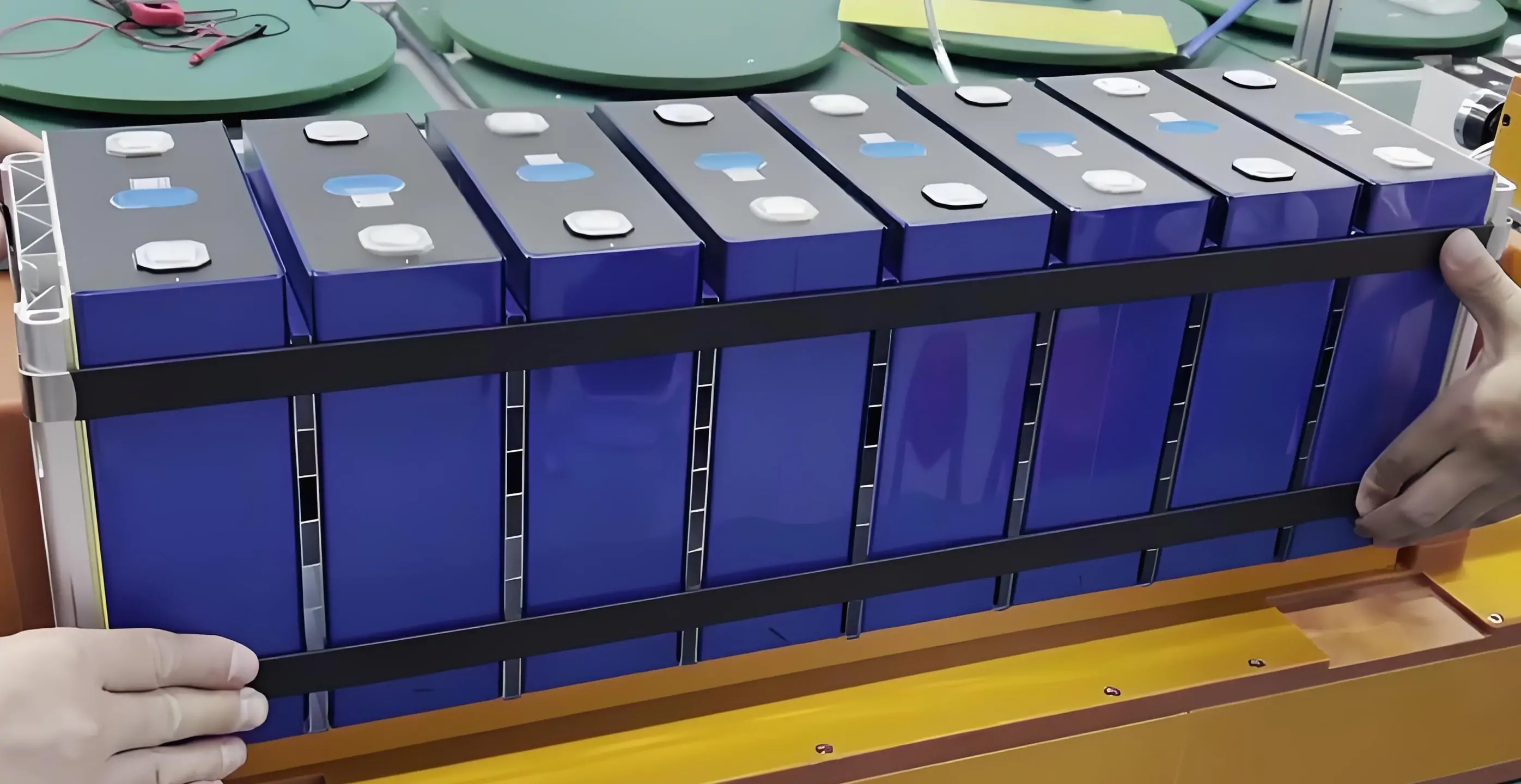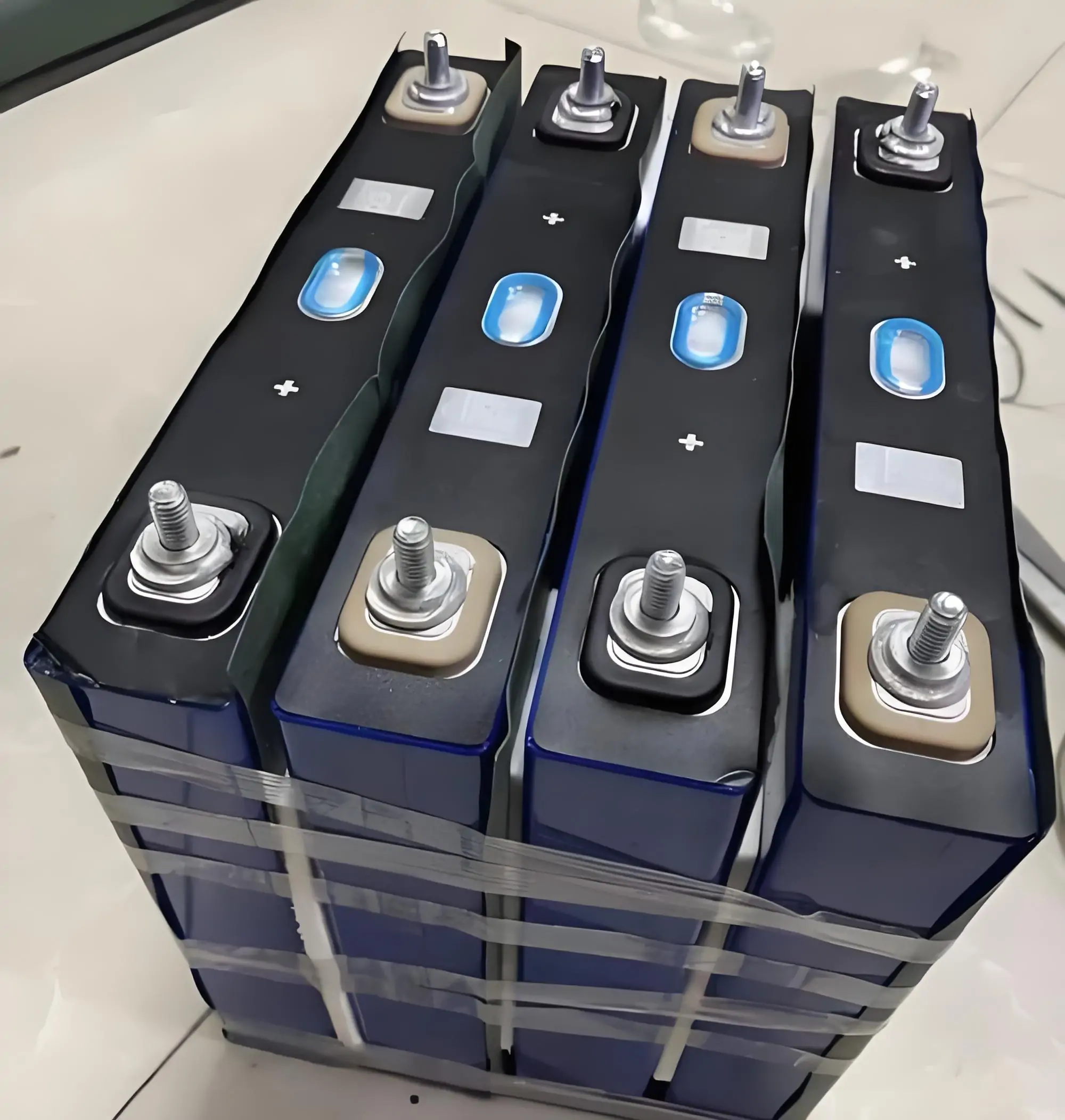 |
Welcome To Evlithium Best Store For Lithium Iron Phosphate (LiFePO4) Battery |
 |

If you've recently purchased LiFePO4 batteries or are diving into the DIY world of battery packs, you've likely encountered the question: "Should I compress my LiFePO4 batteries?" With the growing popularity of DIY LiFePO4 battery projects, this question is becoming increasingly common. Battery compression, or lack thereof, can significantly impact the lifespan and performance of your battery pack.
LiFePO4 battery compression involves securely binding multiple LiFePO4 cells together to prevent internal components from delaminating and suffering irreversible damage. This process is often referred to as a battery fixture by manufacturers. Given that LiFePO4 cells are usually sold individually, most DIY enthusiasts need to consider battery compression when assembling their packs.
Interestingly, many LiFePO4 battery manufacturers don’t specify whether compression is necessary, nor do they provide guidelines on how to do it. However, based on extensive testing and professional recommendations, it’s clear that compressing LiFePO4 batteries is highly beneficial.
Before starting the compression process, it's crucial to balance the cells. After balancing, gather the necessary tools such as electrical tape, VHB tape, or hose clamps. You'll also need insulating boards and thin sponges (around 1-2mm thick).
Begin by arranging your LiFePO4 cells in the desired configuration, placing insulating sheets and thin sponges between each cell. Next, use the selected tools to securely bind the cells together. Once the cells are compressed, install the busbars or wires. Finally, place the entire battery pack into an appropriately sized insulated stand or container for the final compression. If you don’t have an insulated bracket, you can easily create one using a plastic plate, studs, and nuts.

Neglecting LiFePO4 battery compression can lead to several issues, all of which stem from the risk of battery swelling:
Swelling Cells: Without compression, some cells may swell due to the internal pressure caused by repeated charging and discharging cycles. This swelling can severely degrade the performance of the entire battery pack.
Reduced Lifespan: Swelling can alter the internal structure of the cells, shortening the lifespan of individual cells and, consequently, the entire battery pack.
Busbar Deformation: Swelling increases the distance between cells, which can deform the busbars, disrupting the normal operation of the battery pack. In severe cases, it can even damage the battery terminals.
LiFePO4 battery compression is an essential step when assembling a battery pack, and it's best done right from the start. Attempting to compress the battery pack after it has already been in use is often too late, as the cells may have deformed over time, making effective compression impossible. Properly compressing your LiFePO4 battery pack from the beginning ensures a longer lifespan and better performance, giving you a more reliable and satisfying experience.
Edit by paco
All Rights reserved © 2025 Evlithium Limited